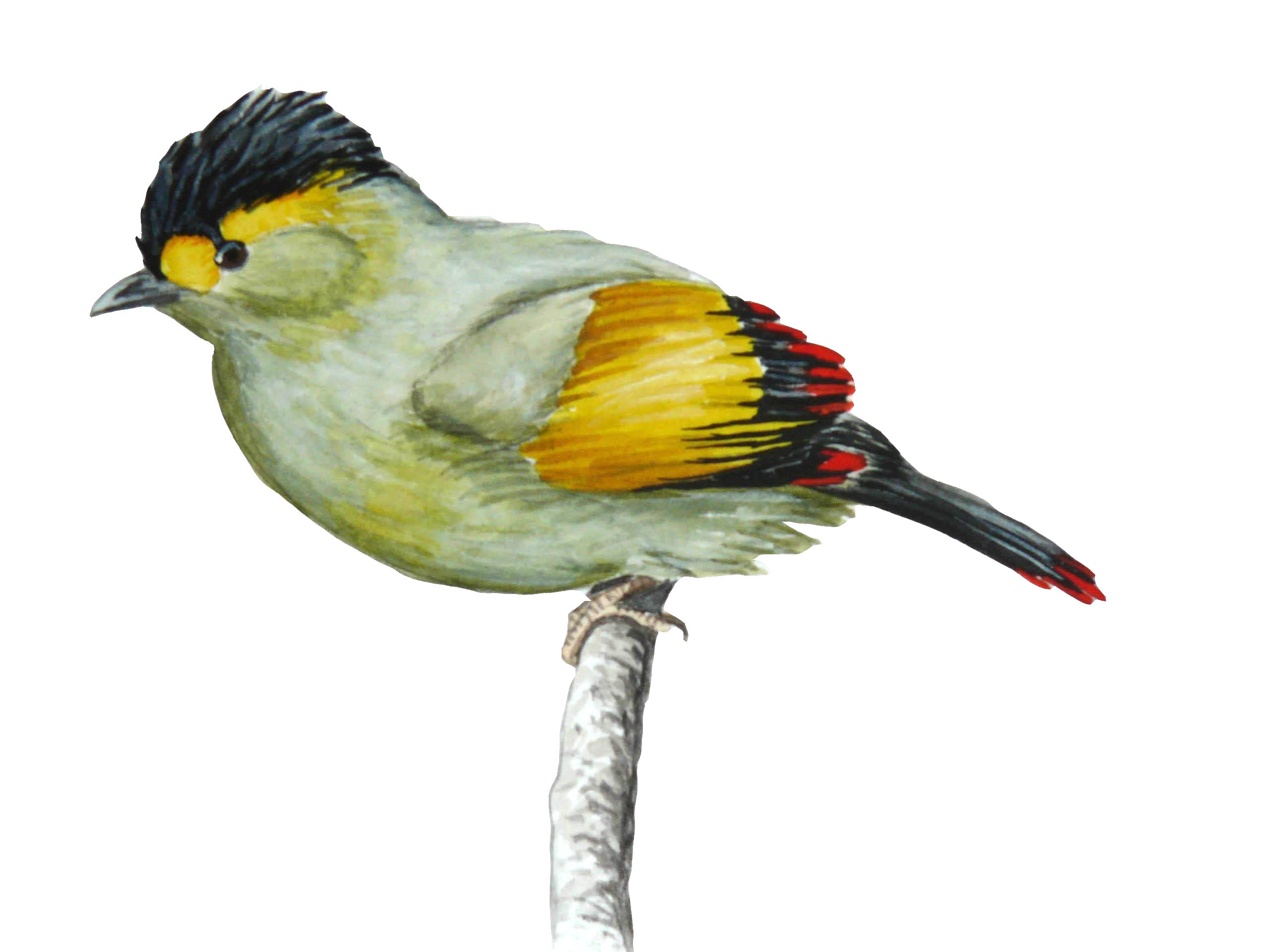Himalayan sanctuary with rich biodiversity and cultural significance





View of Eaglenest forest canopy
Eaglenest Wildlife Sanctuary, nestled in the Himalayan foothills of West Kameng District, Arunachal Pradesh, is a testament to the intricate tapestry of ecological diversity and human history. The sanctuary derives its name from the Red Eagle Division of the Indian Army, which was stationed in the area during the 1950s, leaving an indelible mark on its landscape through the construction of the Foothill-Chaku-Tenga (FCT) road.
The sanctuary is home to indigenous communities like the Bugun and Shertukpen tribes, whose deep-rooted connection to the land transcends mere geographical boundaries. Their cultural practices, such as the annual "besmeh" migration, have been integral to the sanctuary's narrative. The Bugun Liocichla, a rare bird species first discovered in 1995 and scientifically described in 2006, epitomizes the region's extraordinary avian diversity, with over 450 bird species documented.
Historical layers are deeply embedded in Eaglenest's terrain, particularly the memories of the 1962 India-China war. Local residents still recount the strategic importance of this region, where military presence and indigenous life intersected. The Dalai Lama's visits have also significantly influenced local conservation practices, notably transforming hunting traditions among the Bugun tribe.
As part of the Kameng Elephant Reserve, the sanctuary plays a crucial role in Asian elephant conservation. The local communities have ingeniously integrated conservation with economic opportunities, offering ecotourism services like birdwatching tours. This approach demonstrates a progressive model where ecological preservation and local livelihood are not mutually exclusive.
The sanctuary's unique geographical characteristics are remarkable, spanning an altitude range from 500 to 3,250 metres. This dramatic vertical variation creates diverse ecosystems within the Kameng protected area complex, which represents the largest contiguous closed-canopy forest tract in Arunachal Pradesh. Beyond avian life, the sanctuary hosts fascinating herpetological diversity, including rare species like the Abor Hills agama and Darjeeling false-wolfsnake.
Recent conservation efforts have focused on comprehensive documentation of the sanctuary's cultural and ecological significance. The Eaglenest Memory Project, involving interviews with over 200 community members, has been instrumental in preserving local narratives and understanding the evolving relationship between indigenous communities and this protected landscape.
Eaglenest has transformed into a premier destination for nature enthusiasts and researchers. Guided tours led by local experts offer immersive experiences, allowing visitors to explore the sanctuary's complex ecosystems and understand its profound cultural context. The integration of local knowledge with scientific research creates a holistic approach to conservation that respects both ecological integrity and human heritage.
The sanctuary represents more than a protected area; it is a living narrative of coexistence between human communities, wildlife, and historical memories. Its significance extends beyond ecological boundaries, embodying a nuanced understanding of conservation that recognizes the intricate relationships between landscape, culture, and biodiversity.
Enhance your journey with these attractions close by.

West Kameng, Arunachal Pradesh
Arunachal Pradesh's First Dedicated Orchid Sanctuary Preserving Rare Species

West Kameng, Arunachal Pradesh
Spiritual sanctuary preserving Tibetan Buddhist heritage in Arunachal Pradesh

Sonitpur, Assam
Breathtaking National Park Showcasing Eastern Himalayan Wildlife Diversity
East Kameng, Arunachal Pradesh
Sanctuary Preserving Wildlife, Culture, and Ecological Diversity in Arunachal Pradesh